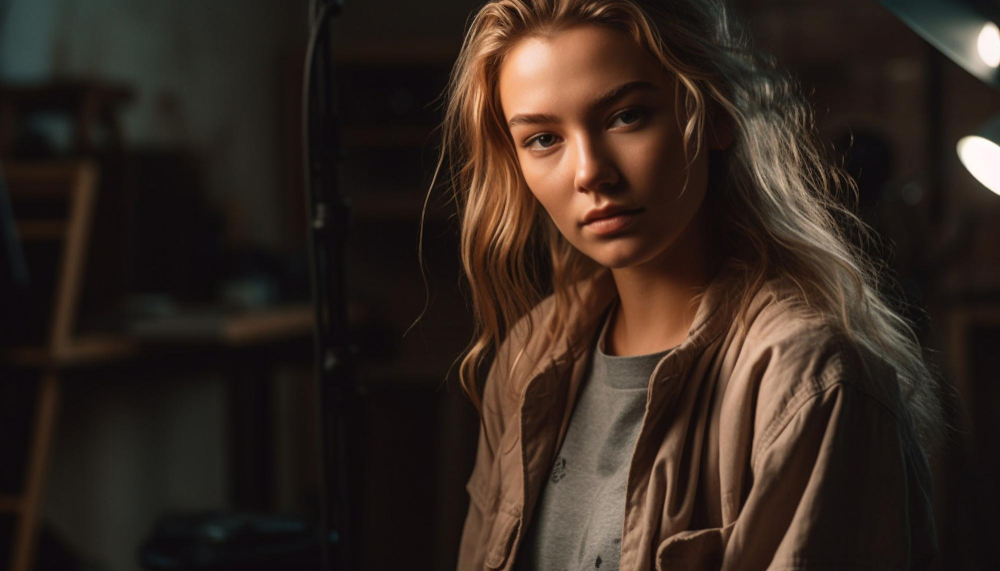AI Art Generators: Artists Fight Back in Copyright Controversy
Introduction
Fred Wilson, a seasoned blog writer with a deep understanding of the intersection of art, technology, and law, takes us on a journey through the recent copyright controversy surrounding AI art generators. With his background in AI research and a passion for the arts, John provides a unique perspective on this issue.
The Dawn of AI Art Generators
AI art generators, such as DALL-E, Midjourney, and Stable Diffusion, have brought a new dimension to the art world. These AI tools generate images based on prompts, creating a myriad of unique and intriguing artworks. However, this innovative approach has sparked a heated debate about copyright laws.
Artists’ Fightback
Artists like Sarah Andersen, Kelly McKernan, and Karla Ortiz have taken a stand against AI companies. They allege that their work has been used without their consent to train these AI models. They argue that AI image generators are infringing on their copyrights, leading to a significant legal battle.
AI Companies’ Defense
On the other side of the argument, AI companies maintain that their tools are merely drawing inspiration from existing artworks, much like human artists do. They believe that their use of images falls under the fair use doctrine, which allows limited use of copyrighted material without permission.
Legal Scholars’ Perspective
Legal scholars are divided on this issue. Some agree with the artists, arguing that AI companies are infringing on artists’ rights. Others side with the AI companies, suggesting that the law is being misunderstood or misapplied.

Impact on the Art Community
The controversy has stirred unease among artists, who fear that their profession might be threatened by AI. They are seeking to protect their rights and their profession, leading to a call for clearer guidelines and regulations.
Future Implications
The outcome of these lawsuits could set a precedent for future interactions between AI and art. It could redefine the boundaries of creativity and copyright in the age of AI.
Conclusion
As AI continues to evolve, so too must our understanding and interpretation of copyright laws. This controversy serves as a reminder of the need for ongoing dialogue between artists, AI researchers, and legal scholars.
Key Points
| Section | Key Points |
|---|---|
| The Dawn of AI Art Generators | AI art generators create images based on prompts. |
| Artists’ Fightback | Artists have sued AI companies for using their work without consent. |
| AI Companies’ Defense | AI companies argue their tools are drawing inspiration, similar to human creativity. |
| Legal Scholars’ Perspective | Legal scholars are divided on the issue. |
| Impact on the Art Community | The controversy has stirred unease among artists. |
| Future Implications | The outcome of these lawsuits could set a precedent for future interactions between AI and art. |




